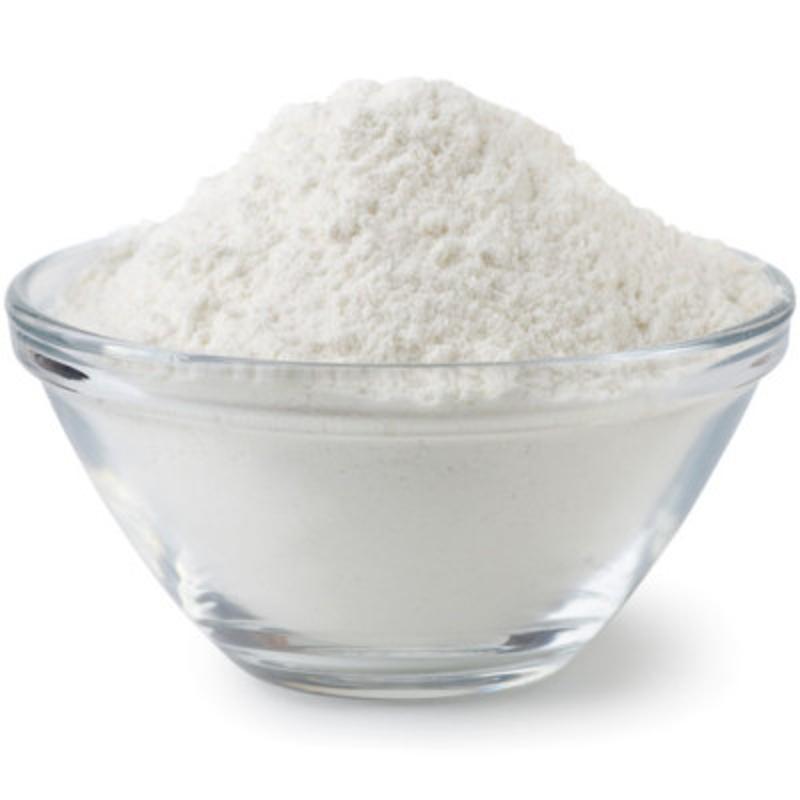The common types of matrix cosmetic raw materials used in cosmetics can be categorized into several groups, each serving specific functions in the formulation of cosmetic products:
Oils
- Plant Oils: Such as shea butter, olive oil, and grape seed oil. These oils are valued for their moisturizing and emollient properties.
- Animal Fats: Including lanolin and beeswax, which provide a rich texture and protective barrier.
- Mineral Oils: Like petrolatum, known for their stability and occlusive effects.
- Synthetic Fats: For example, isopropyl palmitate and caprylic/capric triglycerides, which offer specific performance benefits.
- Silicones: Such as polydimethylsiloxane, which imparts a smooth and silky feel to products.
- Fatty Alcohols: Including lecithin, squalane, and cetyl alcohol, which enhance the spreadability and lubrication of cosmetic products.
Aqueous Phases
- Deionized Water: The most commonly used solvent in cosmetics, dissolving water-soluble preservatives, antioxidants, and active agents.
- Specialty Waters: Such as thermal spring water and seawater, which are appreciated for their mineral content and potential skin benefits.
Gums and Polymers
- Natural Water-Soluble Polymers: Derived from plants or animals, like starch, plant gums (e.g., Arabic gum), and animal gelatin. These can be used as thickeners and emulsifiers.
- Synthetic Water-Soluble Polymers: Including polyvinyl alcohol, polyvinylpyrrolidone, and polyacrylic acid. They are favored for their stability, low skin irritation, and cost-effectiveness.
- Semi-Synthetic Water-Soluble Polymers: Such as methyl cellulose, ethyl cellulose, carboxymethyl cellulose, and guar gum derivatives. These cosmetic raw materials combine the benefits of natural and synthetic polymers.
Powders
- Fillers: Like talc and mica, which are used to provide bulk and improve the texture of products.
- Pigments: Used in color cosmetics to impart color.
- Absorbents: Such as silica, which helps to control oil and shine.
Solvents
- Alcohols: Including ethanol and isopropanol, which are used for their solvent properties and to adjust the viscosity of products.
- Other Solvents: Such as ethyl acetate and acetone, which are used in specific formulations for their solvent and drying properties.
These matrix cosmetic raw materials form the base of cosmetic products and are essential for determining their texture, stability, and performance. The choice of matrix cosmetic raw materials depends on the specific requirements of the cosmetic product being formulated.

